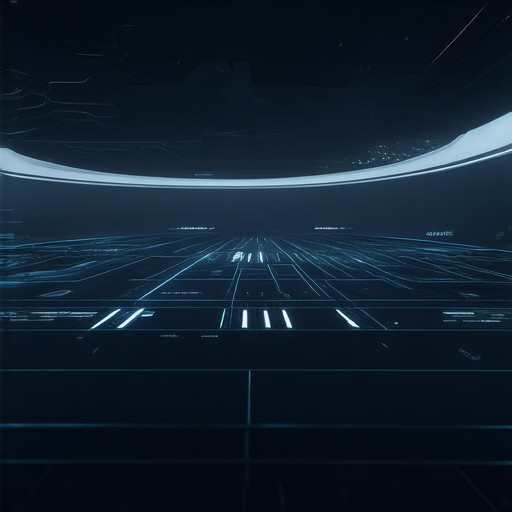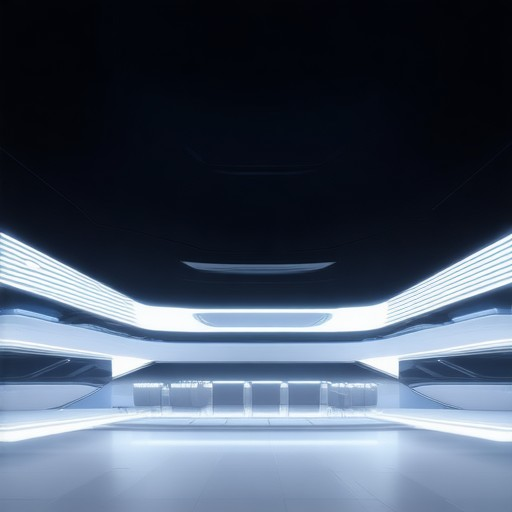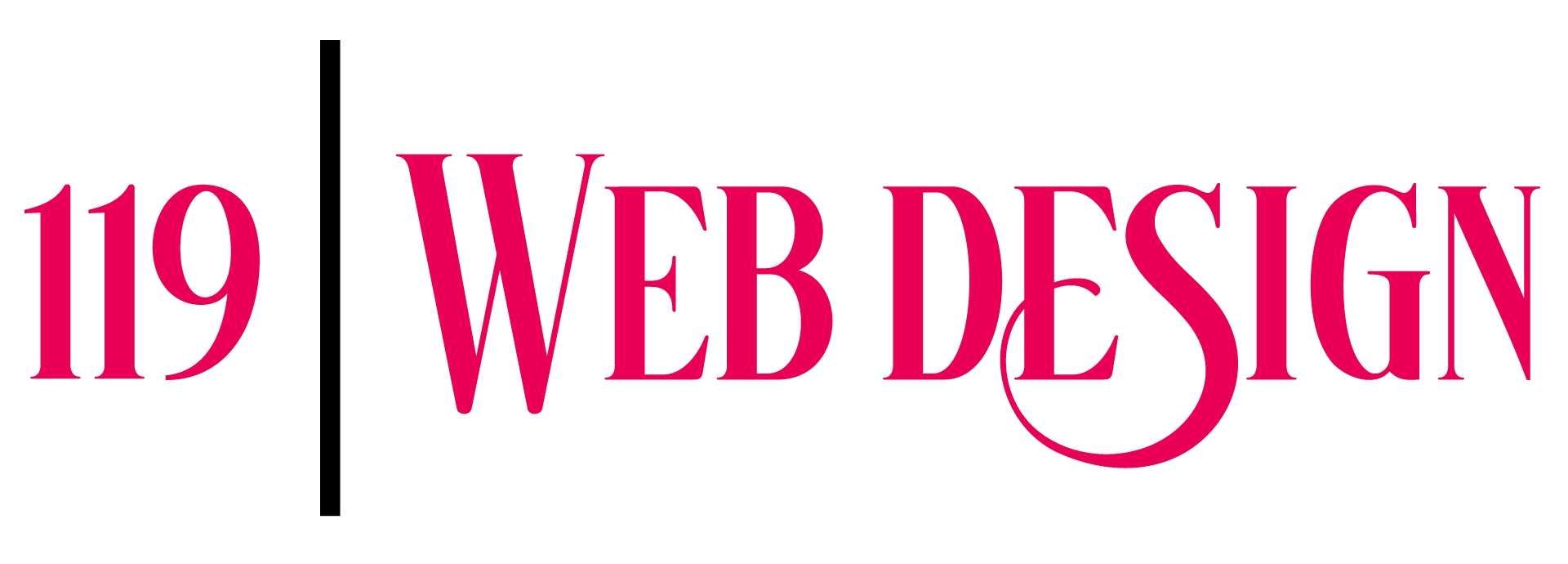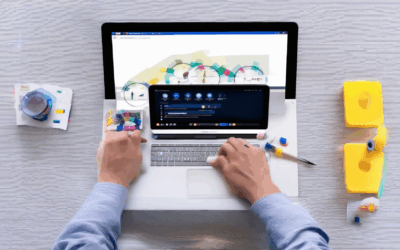In the ever-evolving landscape of web design, achieving a balance between aesthetics and usability has become paramount. Among the many approaches, minimal web design stands out as a powerful strategy that prioritizes simplicity, functionality, and user-centric experiences. This approach, characterized by clean layouts, focused content, and essential elements, not only enhances user experience but also ensures faster load times and improved accessibility. Whether you’re building a personal portfolio, a business website, or a simple landing page, minimal web design offers a versatile framework that resonates across diverse audiences and industries. In this article, we’ll delve into the essence of minimal web design, explore its types, and uncover the technical considerations that make it a cornerstone of modern web development. From templates and design ideas to inspiration and resources, we’ll guide you through the nuances of creating a minimalistic web presence that captivates and converts.

What is Minimal Web Design?
Minimal web design refers to a design approach focused on simplicity, functionality, and user-centricity. It emphasizes removing unnecessary elements to create a clean, uncluttered, and visually appealing interface that enhances user experience.
Key Principles of Minimal Web Design
- Simplicity : Minimalist designs prioritize essential elements while avoiding distractions. This often involves streamlined navigation, a focused layout, and a limited color palette.
- Typography : Clean, readable fonts and consistent typography are hallmarks of minimal design, ensuring information is easily digestible.
- Negative Space : Thoughtful use of white space allows content to breathe, making the design feel less cramped and more organized.
- Color Scheme : Minimal designs usually stick to monochromatic or subdued color schemes, often incorporating natural tones to evoke calmness and professionalism.
Content Strategy
Minimal web design places a strong emphasis on content organization. This includes:- Clarity : Information is presented in an intuitive manner, making it easy for users to find what they’re looking for.- Consistency : Uniformity in design elements ensures a cohesive look and feel across all pages.- Focal Points : Key elements like headlines, images, and buttons are strategically placed to guide user attention.
User Experience
A well-executed minimal design enhances user experience by: – Reducing cognitive load through a clean interface. – Minimizing distractions to encourage task completion. – Creating a seamless navigation experience that feels intuitive.
Benefits of Minimal Web Design
- Increased User Engagement : Users are more likely to stay on a website with a clean, distraction-free design.
- Improved Conversion Rates : Minimal designs can lead to higher conversion rates by reducing barriers to action.
- Better Accessibility : Simplified interfaces often benefit users with disabilities, as they are easier to navigate and understand.
Examples of Minimalist Websites
- 119WebDesign showcases several minimalist web designs that highlight the effectiveness of this approach.
- Many modern websites, including those in the tech and fashion industries, adopt minimalist principles to appeal to a sophisticated audience.
By focusing on these elements, minimal web design creates a balanced and effective online presence that is both visually appealing and functionally robust.
What Are the 3 Types of Web Design?
Web design encompasses various approaches to creating visually appealing and functional websites. Below are the three primary types of web design, each serving distinct purposes and catering to different needs:
1. Static Web Design
- Definition : Static web design involves creating websites with fixed content and layout. Pages are not altered after publication.
- Features :
- Ideal for small businesses or informational sites.
- Content remains unchanged unless manually edited.
- Simple to develop and maintain.
- Example : A basic portfolio website or informational site.
2. Dynamic Web Design
- Definition : Dynamic web design uses server-side processing to generate content on-the-fly, often based on user interactions.
- Features :
- Highly interactive and user-friendly.
- Content updates automatically without manual intervention.
- Suitable for applications, forums, and databases.
- Example : An e-commerce platform or social media site.
3. E-Commerce Web Design
- Definition : E-commerce web design focuses on creating online stores or marketplaces to facilitate buying and selling products.
- Features :
- Built specifically for selling goods or services.
- Includes product listings, shopping carts, and payment gateways.
- Optimized for user experience and conversion rates.
- Example : Amazon, eBay, or Etsy.
Why These Types Matter
Understanding these types helps businesses choose the most suitable approach for their goals. Static sites are great for simple information sharing, while dynamic sites offer more flexibility for complex applications. E-commerce sites are tailored for online transactions, ensuring a seamless shopping experience.
By leveraging the right type of web design, businesses can effectively communicate their brand, engage with customers, and achieve their objectives in the digital space.
Learn more about web design trends and best practices .

What is Minimal Concept Design?
Minimal concept design refers to a design approach that emphasizes simplicity, functionality, and a focused aesthetic. It often prioritizes clean lines, minimalistic elements, and a harmonious arrangement of space and form. This style typically avoids clutter and unnecessary details to create a space that feels both modern and calming.
Key Characteristics of Minimal Concept Design
- Simplicity: Minimal concept design focuses on the essence of a space, removing distractions to highlight its primary purpose.
- Clean Lines: Smooth, straight edges and linear forms are hallmark features of this style.
- Monochromatic Palette: Often featuring a limited color scheme, with neutral tones and occasional pops of color as accents.
- Open Floor Plan: Common in modern designs, this layout promotes a sense of spaciousness and connectivity between rooms.
- Functional Furniture: Pieces are chosen for their utility and longevity, rather than purely decorative value.
- Emphasis on Shape, Color, and Texture: While minimal, these elements play a crucial role in creating visual interest and depth.
Principles of Minimal Concept Design
- Less is More: The design philosophy often revolves around reducing non-essential elements to maximize impact.
- Focus on Functionality: Form and function go hand in hand, ensuring that every element serves a purpose.
- Balance and Proportion: Even with simplicity, achieving harmony between elements is key to a cohesive design.
- Unexpected Details: Minimal design can incorporate subtle touches, like unique lighting fixtures or custom-built pieces, to add personality without overwhelming the space.
Examples of Minimal Concept Design
- Scandinavian Design: Known for its clean lines and emphasis on natural materials, Scandinavian minimalism is celebrated for its timeless appeal.
- Japanese Minimalism: Incorporating elements like low seating, minimalist furniture, and the concept of ma (empty space), Japanese design highlights tranquility and balance.
- Modern Industrial Style: Combines raw, industrial elements with sleek, minimalist aesthetics to create a bold yet understated look.
The core idea behind minimal concept design is to create spaces that are both practical and aesthetically pleasing. By focusing on essential elements and maintaining a balanced composition, this style ensures that a space feels organized, comfortable, and visually satisfying. Whether applied to interiors, product design, or landscape architecture, minimal concept design continues to be a popular and versatile approach in contemporary design.

Minimum Width for Web Design
The minimum width recommendation for web design has evolved with advancements in technology and changes in user behavior. While traditional standards like 960px were common, modern practices often suggest a lower minimum width to accommodate varying screen sizes and enhance responsiveness.
Currently, the widely accepted minimum width for web design is typically around 1024px. This baseline provides a consistent foundation for larger screens, ensuring that content remains readable and visually appealing without excessive horizontal scrolling. However, this number can vary depending on the specific project requirements and industry needs.
For instance:
- E-commerce platforms may require a wider minimum width to effectively display product images and descriptions.
- News websites often opt for a narrower width due to their reliance on textual content and navigation structures.
- Designers working on dashboard interfaces might choose a slightly higher minimum width to ensure usability and visual balance.
It’s important to note that this minimum width is not a fixed rule. Instead, it serves as a guideline to ensure that your website looks polished and well-organized across a range of screen sizes. By combining this baseline with responsive design techniques, you can create a seamless user experience that adapts to different devices and screen resolutions.
Best Website Design Size
The optimal website design size depends on various factors, including device type, screen resolution, and user experience. Here’s a structured approach to determining the best size for your website:
- Desktop Screens
- Common resolutions: 1920×1080 and 2560×1440 pixels.
- Consider higher resolutions like 3840×2160 for 4K displays.
- Mobile Devices
- Small screens: 360×800 pixels (e.g., older smartphones).
- Mid-range to larger mobiles: 390×780 to 480×960 pixels.
- Tablets
- Medium-sized tablets: 768×1024 pixels (e.g., iPad Mini).
- Larger tablets: 1024×768 to 2048×1536 pixels.
- Aspect Ratios
- Most modern devices use 16:9 aspect ratios.
- Adapt designs using flexible layouts with percentages and viewport settings.
- Design Considerations
- Use responsive design techniques to ensure adaptability across devices.
- Optimize images for different resolutions to enhance loading speeds.
- Ensure text legibility and accessibility, particularly for users with visual impairments.
By focusing on these guidelines, you can create a website that seamlessly adapts to various screen sizes, ensuring a pleasant user experience across all devices.

Smallest Screen Size for Web Design
The smallest screen size commonly targeted in web design is typically around 320 pixels in width, which corresponds to most smartphone screens. This size is crucial for mobile-first design principles, ensuring that layouts are optimized for smaller screens before scaling up for larger devices.
Designers often start their breakpoints at 320px, as this is the typical width of many mobile devices. This approach ensures that the design is responsive and adapts well to varying screen sizes across different devices. By focusing on mobile-first, designers can build a foundation that scales seamlessly to larger screens, such as those found on tablets or desktop computers.
This mobile-centric approach has become a standard practice in modern web development, as it prioritizes usability and accessibility across the broadest range of devices. It also helps prevent layout issues that might occur when trying to scale down a design meant for larger screens.
By adhering to these breakpoints, developers and designers can create experiences that are not only functional but also visually appealing and consistent across all platforms.




0 Comments